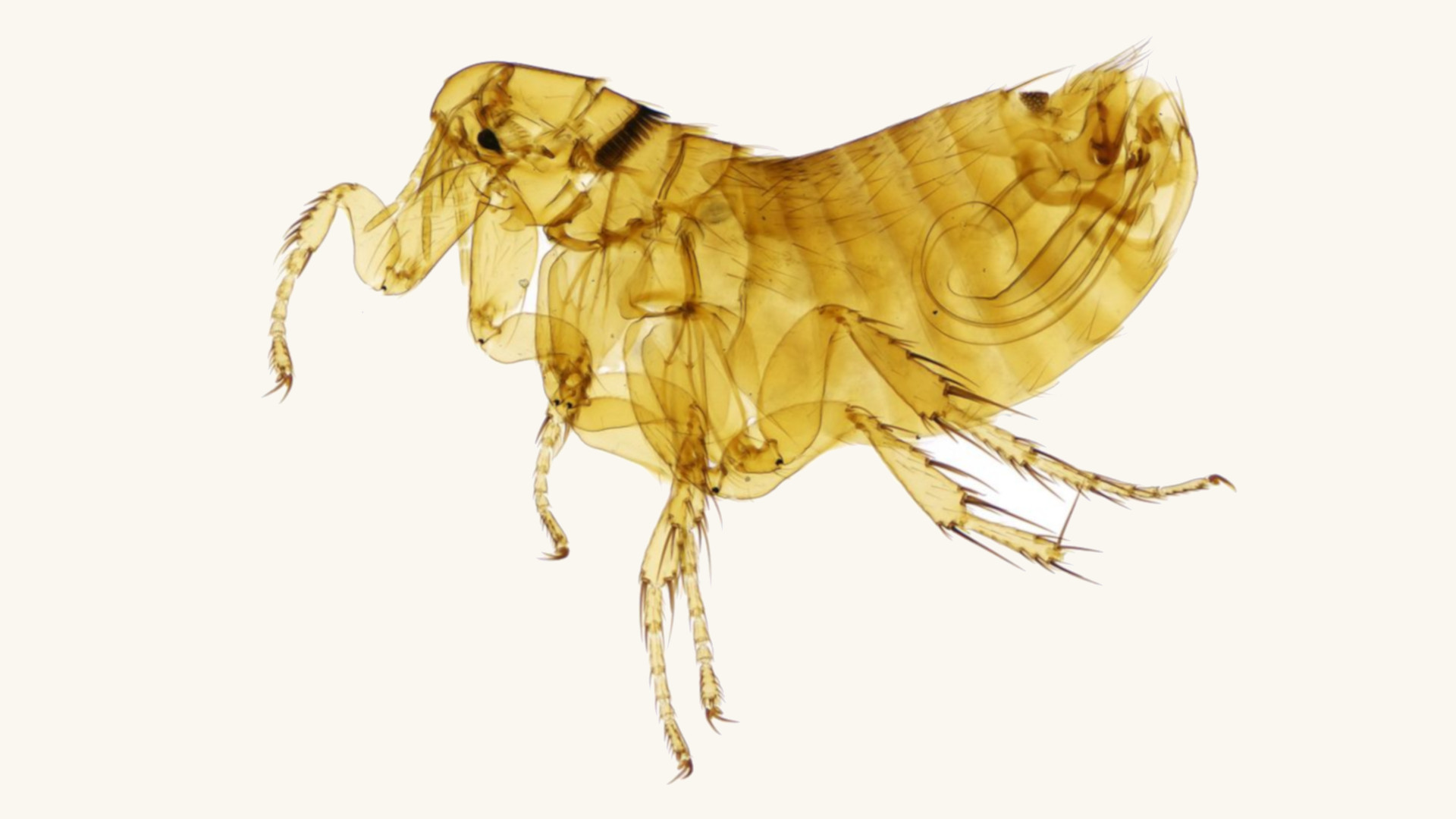If a species of bee or butterfly were to vanish from the world, some of us might shed a tear. It’s not an unlikely prospect, as the great insect dying that’s currently underway escalates the chance of losing some of these small but beloved species grows every year.
But what about a flea? Would the loss of one of nature’s most unloved creations give you reason to mourn?
That could happen in our lifetimes. Our new study has just added the Manx shearwater flea (Ceratophyllus fionnus) to the tragic procession of threatened insects marching toward extinction.
Although you’ve likely never heard of it, the Manx shearwater flea is as British as Big Ben or Stonehenge. And it’s been in Britain longer than either.
What makes this species so special, though, is the fact that it’s one of only a handful of insects truly endemic to Britain.
Of the million or so named insect species found across the world, Britain is home to only around 2.7 percent. Of those 27,000 species, most live on continental Europe in addition to the British Isles. But the Manx shearwater flea is one of the rare exceptions that live only in Britain. It dwells only on the windswept Isle of Rùm, off the west coast of Scotland. In fact, it is one of only six insects endemic to the Scottish region of the British Isles.

So, should we worry about the fate of this tiny, decidedly British flea?
Well, yes.
The species has one of the smallest distributions of any animal on Earth. The entire population occupies a range of less than a third of a mile and is isolated within a single colony of Manx shearwaters (Puffinus puffinus), the only species known to host them. One threat to the bird colony is the introduced brown rat (Rattus norvegicus), which kills and eats shearwaters in their burrows.

Perhaps the greatest danger, though, is simply a lack of knowledge. Very little is known about the size or structure of the Manx shearwater flea population. We don’t know what conditions they need to survive or reproduce, although it does appear that the fleas rely almost entirely on the shearwaters for their life cycle. This fact, coupled with their small range, means that the collapse of the bird colony due to rats, climate change or even plastic pollution could instantly spell the end for this threatened insect.
But, I hear you asking, why care about a flea?
Partly it comes down to principle. Many of us profess a great love for the natural world and wish to leave our children the same biological diversity we inherited from our parents. But nature is very different from a garden. If we pick and choose the species we save based on their cuteness or the radiance of their blooms, our natural world will quickly degenerate to nothing more than a very large garden, filled with orchids and pandas and very little else. Real conservation should be devoid of the “species chauvinism” that places value on one creature over another based solely on how much we like the way they look.
Some may claim that conservation efforts are doomed, though, because the public could never come to appreciate such an unlovable creature. But is this true? A significant percentage of people hate spiders, but many in Britain have rallied to save the ladybird spider (Eresus sandaliatus) from extinction, thanks to advocacy from conservationists. The Manx shearwater flea is an equally marvelous creature; perhaps with the right advocacy on its behalf, the public could come to appreciate it, too.
And there’s actually a lot to appreciate about this little flea. It’s clad in rows of plates comparable to a suit of armor, like a throwback to medieval knights.

A bonus is that it isn’t known to transmit disease or bite people, and even the bird and flea have been suggested to lead an amicable existence together, as is the case with many other species that live in symbiotic relationships.
The fate of the Manx shearwater flea is in our hands. Our actions on Rùm will decide whether this peculiar little insect will become another victim of the looming extinction crisis or a symbol of hope: that no species is too small or strange to warrant saving.
Every species extinction, no matter how insignificant we may feel it to be, tears a small thread from the rich tapestry of life. How those threads connect, and the effects of pulling them out, isn’t always clear before the fact. We tease away the fabric of nature at our own peril.
The opinions expressed above are those of the author and do not necessarily reflect those of The Revelator, the Center for Biological Diversity or their employees.
![]()


